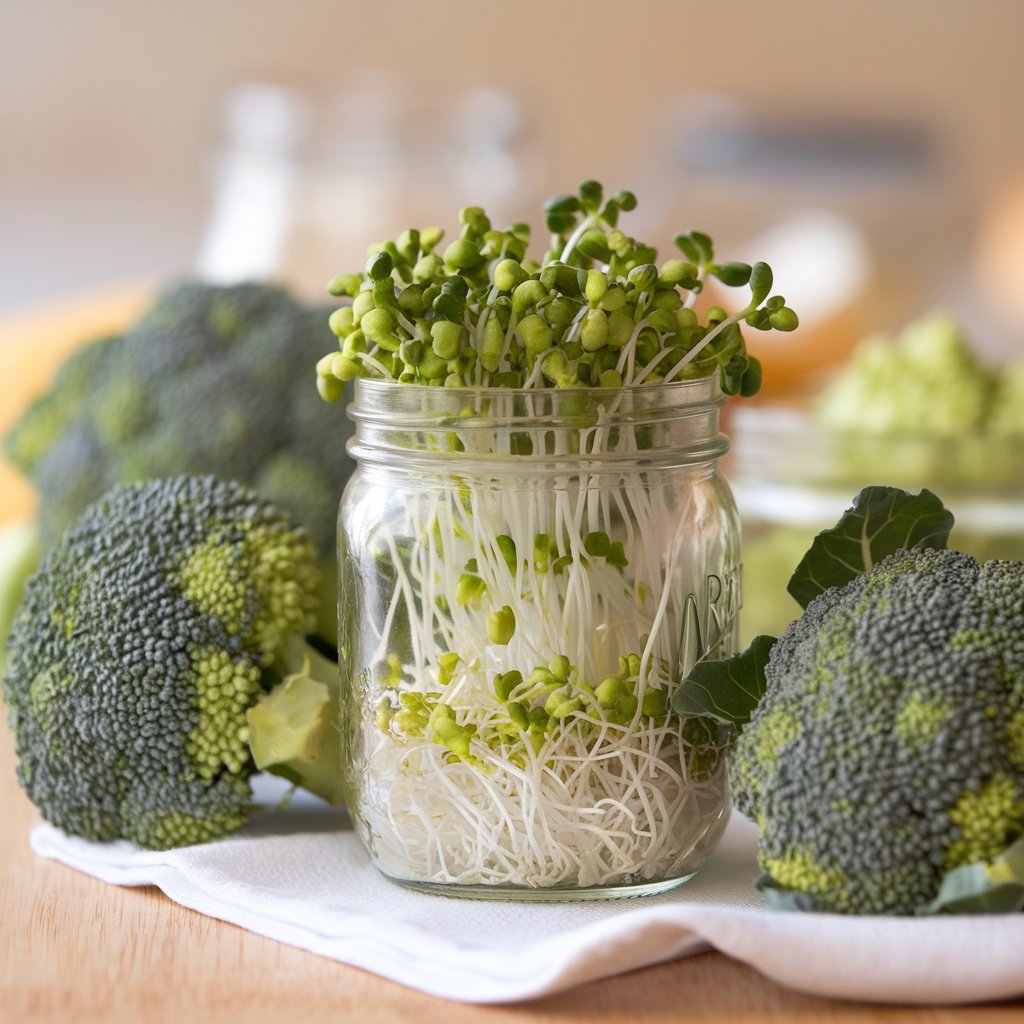Sprouted oats are quickly gaining popularity among health enthusiasts for their enhanced nutrition and versatility. They’re more than just a trend—they’re a powerhouse of nutrients that can elevate your meals and snacks while supporting overall health. In this article, I’ll walk you through everything you need to know about sprouted oats, including their nutritional benefits, how they compare to regular oats, how to make them at home, and creative ways to use them in your diet.
What Are Sprouted Oats?
Sprouted oats are oat grains that have been soaked and germinated until they begin to sprout. This process activates enzymes in the oats, making them easier to digest and increasing their nutrient availability. Sprouting essentially “wakes up” the grain, preparing it for growth, which is why sprouted oats are considered a more bioavailable and nutrient-dense option than regular oats.
The Nutritional Benefits of Sprouted Oats
Sprouted oats are packed with essential nutrients that make them a valuable addition to your diet. Here are some of the key benefits:
- Enhanced Nutrient Absorption
- Sprouting reduces antinutrients like phytic acid, which can block the absorption of important minerals like iron, zinc, and magnesium.
- With these antinutrients broken down, your body can absorb more of the good stuff.
- Increased Protein and Fiber Content
- Sprouting slightly increases the protein content of oats, making them an even better choice for muscle repair and energy.
- They’re also rich in soluble fiber, which helps maintain steady blood sugar levels and supports gut health.
- Better Digestibility
- The sprouting process breaks down complex carbohydrates and proteins, making sprouted oats easier on your stomach.
- For those with mild sensitivities to grains, sprouted oats may be less likely to cause bloating or discomfort.
- Rich in Antioxidants
- Sprouted oats contain increased levels of antioxidants, including avenanthramides, which are unique to oats and have anti-inflammatory properties.
- Low Glycemic Index
- Thanks to their fiber content and reduced starches, sprouted oats have a lower glycemic index compared to regular oats, making them a great choice for managing blood sugar levels.
How Sprouted Oats Compare to Regular Oats
| Feature | Regular Oats | Sprouted Oats |
|---|---|---|
| Nutrient Absorption | Blocked by phytic acid | Enhanced due to reduced antinutrients |
| Digestibility | Can cause bloating in some | Easier to digest |
| Protein and Fiber | High | Slightly higher |
| Antioxidants | Moderate | Increased levels |
| Glycemic Index | Higher | Lower |
How to Make Sprouted Oats at Home
Making sprouted oats is easier than you might think. Here’s a simple step-by-step guide:
- Choose Whole Oat Groats
- Use raw, unprocessed oat groats, as these are the only oats that will sprout. Steel-cut, rolled, or instant oats will not work.
- Rinse the Oats
- Rinse the oat groats thoroughly under cool water to remove dirt and debris.
- Soak the Oats
- Put the oats in a bowl and submerge them in water. Allow them to soak at room temperature for 8-12 hours.
- Drain and Rinse
- Once soaked, drain the water and rinse the oats well. Spread them out in a clean jar or sprouting tray.
- Allow to Sprout
- Cover the jar or tray with a breathable cloth and let the oats sit at room temperature. Rinse and drain them every 8-12 hours to keep them moist and clean.
- Harvest the Sprouts
- After 1-2 days, you’ll see tiny sprouts emerge. Once they reach about 1/4 inch, they’re ready to eat!
- Store the Sprouts
- Rinse the sprouted oats one final time and store them in the fridge in an airtight container. Use them within 5-7 days.
How to Use Sprouted Oats
Sprouted oats are incredibly versatile and can be used in both sweet and savory dishes. Here are some ideas:
- Breakfast Bowls
- Use sprouted oats as the base for oatmeal or overnight oats. Pair with fresh fruits, nuts, seeds, and a drizzle of honey for a nutritious start to your day.
- Smoothie Boosters
- Add a handful of sprouted oats to your smoothie for extra fiber and creaminess.
- Baking
- Replace regular oats with sprouted oats in recipes for muffins, cookies, or granola bars for a nutrient-packed upgrade.
- Salad Toppings
- Toss sprouted oats into salads for a crunchy, nutty addition.
- Soups and Stews
- Sprinkle sprouted oats into soups and stews for added texture and nutrition.
- Snacks
- Roast sprouted oats with your favorite spices for a quick and healthy snack.
Are Sprouted Oats Gluten-Free?
Oats themselves are naturally gluten-free, but they are often processed in facilities that also handle wheat, barley, and rye, leading to cross-contamination. If you have celiac disease or gluten intolerance, make sure to choose certified gluten-free sprouted oats.
Final Thoughts
Sprouted oats are a fantastic addition to any diet, offering enhanced nutrition, better digestibility, and incredible versatility. Whether you’re adding them to your morning oatmeal, blending them into smoothies, or baking them into snacks, sprouted oats can elevate your meals while supporting your health.
Try sprouting your own oats at home or pick up a bag of pre-sprouted oats to experience their amazing benefits. Once you start incorporating sprouted oats into your routine, you’ll wonder how you ever lived without them!
Boost your health one sprout at a time! Curious about the benefits of different seed sprouts? Click the link Sprouts to learn more.




